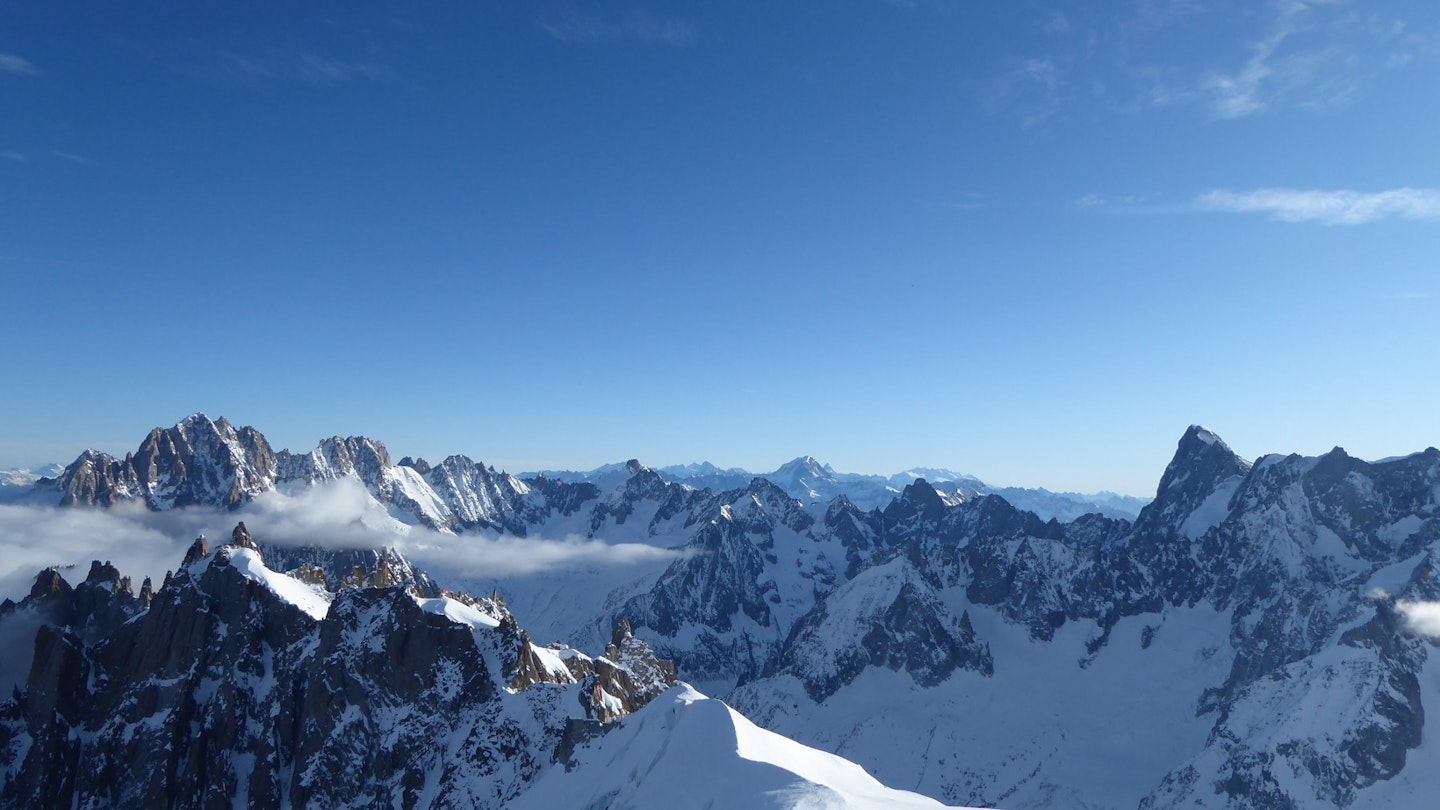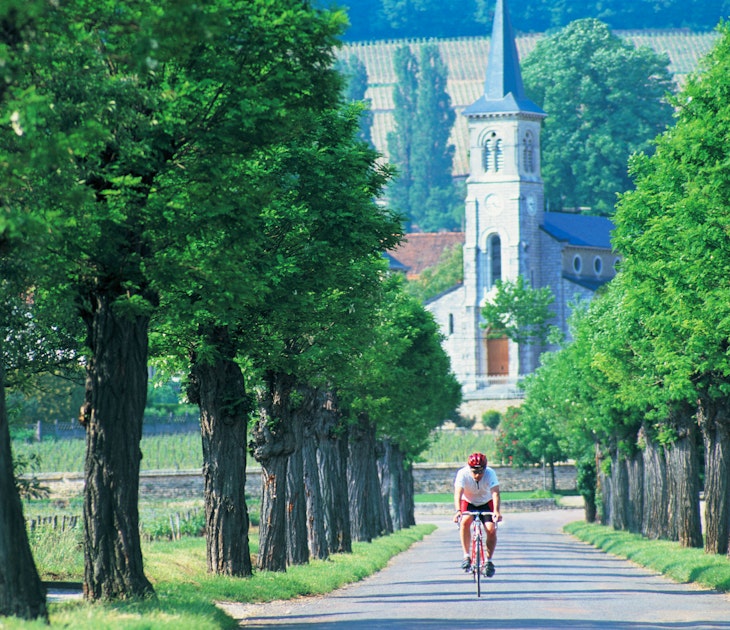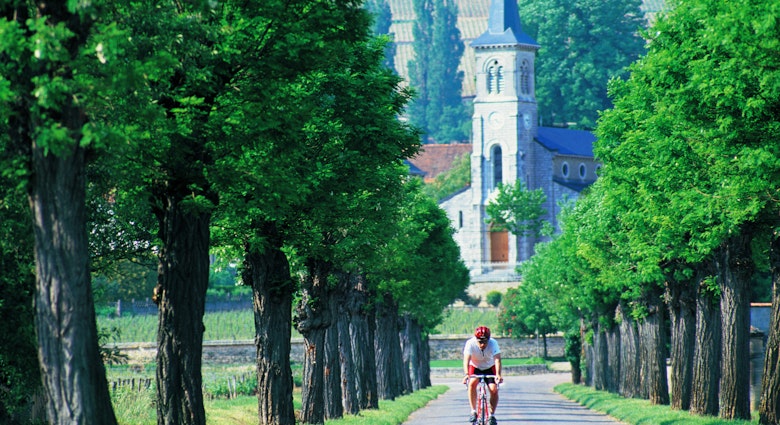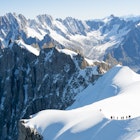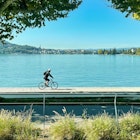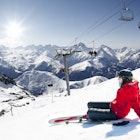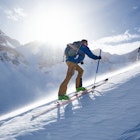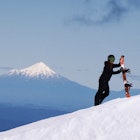Chamonix Valley in the French Alps, has long been one of Europe's premiere winter holiday spots. But as climate change takes its toll, the destination ponders its future.
“We’ll be lucky to find the snow”, my guide says as she straps the transistor across my chest.
This is meant to be reassuring; the device is required by French law in case we are buried under an avalanche while going into the backcountry, a fact that can be startling for a snow holiday newbie like myself. But while any fear is dismissed, it’s just another reminder of the fact that, in the middle of the coldest month of the year in the heart of the French Alps, it hasn’t snowed properly in a month.
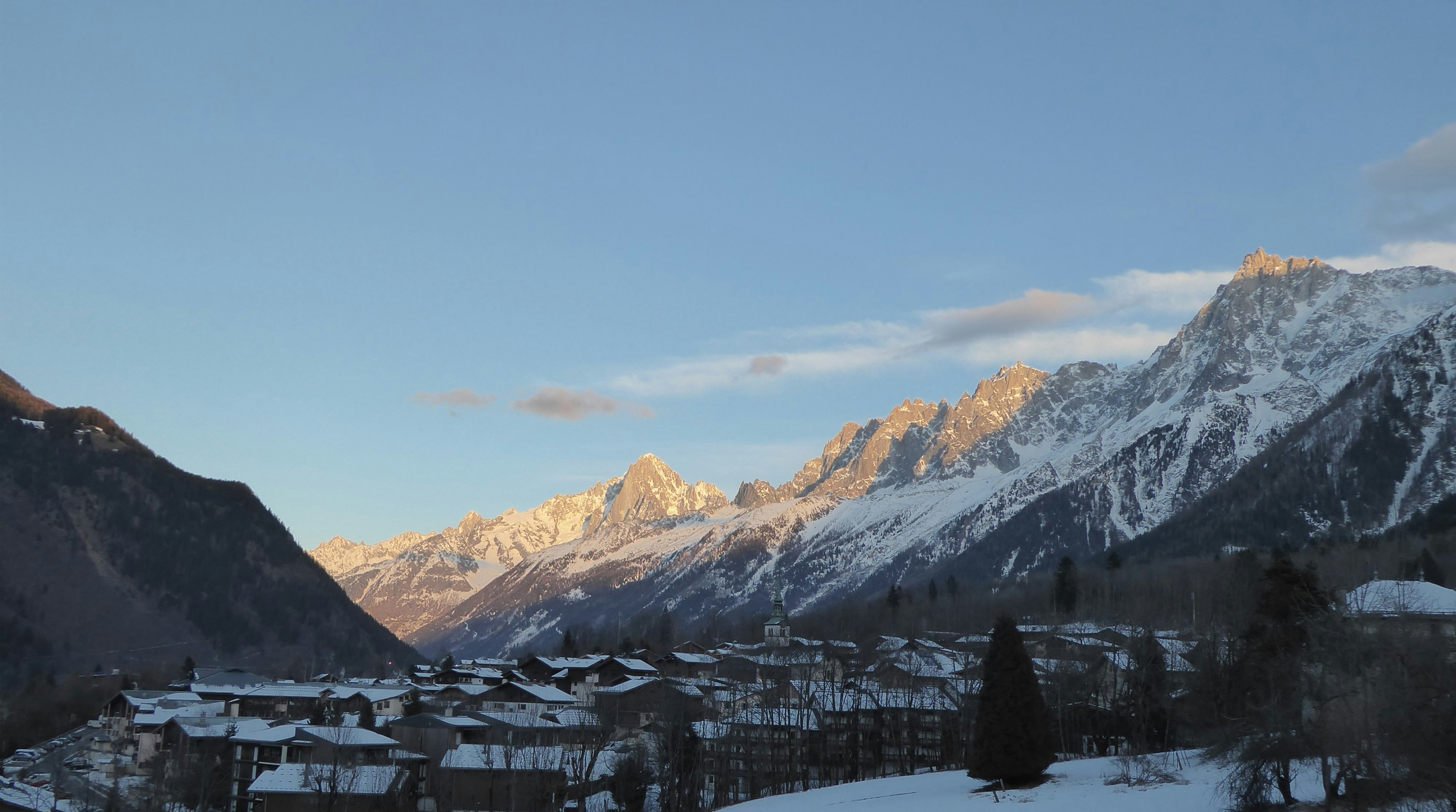
Sanne Davidsen has been a guide with the prestigious Compagnie des Guides de Chamonix for ten years and, as she expertly drives the winding roads up to the starting point for a snow-shoeing hike in the Carlaveyron Nature Reserve above Les Houches, she admits that these ‘unusual Januarys’ have become more and more commonplace.
“We had two Christmases with hardly enough snow for them to open up there. Now this year we were lucky to have a lot of snow before Christmas, so the snow is actually good up at altitude, it’s just a little more sparse down at this level here. It’s a little bit strange.”
Read more: How to be sustainable on your hiking trip
A few minutes trekking up the hill brings us to the snow but it is either hard and compacted - more ice than anything else - or granular; not the fluffy, powder snow of your dreams and the one which a lot of skiers desire the most. By 11am the sun is beginning to reach us from over the mountain range, creating diamond-like reflections on the snow through a gateway of alpine evergreens. The scene is idyllic and the heat from the sun prompts the removal of gloves and hats and the opening of jackets. While we bask in the warmth amid a picture perfect landscape, I’m reminded again that this is not - or at least shouldn't be - a normal January morning.

“We are often making remarks that this is spring time weather”, Sanne says. “The fact that it’s sunny and if you find a spot in the sun, out of the wind, you feel like you are in springtime when it’s in the afternoon. January is supposed to be cold and when I say cold, you’re looking at the -10, -15 [Celsius] temperatures in the morning and we’re more at -5.”
Despite the reassuring lack of avalanches, the climate emergency is making the landscape more unpredictable and unsafe in other ways, such as more rock landslides due to the melting of the permafrost at high altitudes. In August 2019, the mayor announced €32 million in funding for the High Mountain Climate Plan which will ensure safer access to huts, more monitoring tools, more training and resources for mountain rescue and a new centre near the Mer de Glace to help people understand more about climate warming and the impact on the glaciers. The plan is just one of the many commendable local initiatives to improve the surrounding environment but ultimately the valley is under the same pressure as the rest of the planet; the impact is just more obvious here than in most places.
Read more: Top family-friendly ski trips in the French Alps
Approximately 4 million people visit the Chamonix Valley annually, joining more than 13,000 permanent inhabitants, many of whom come from around the world, drawn by the stunning scenery, a love of the mountains and the economic opportunities afforded by the booming tourism industry. That’s unlikely to change in the next few years as, with 90% of the skiing above 2,000 metres, it is a comparatively snow-sure destination.
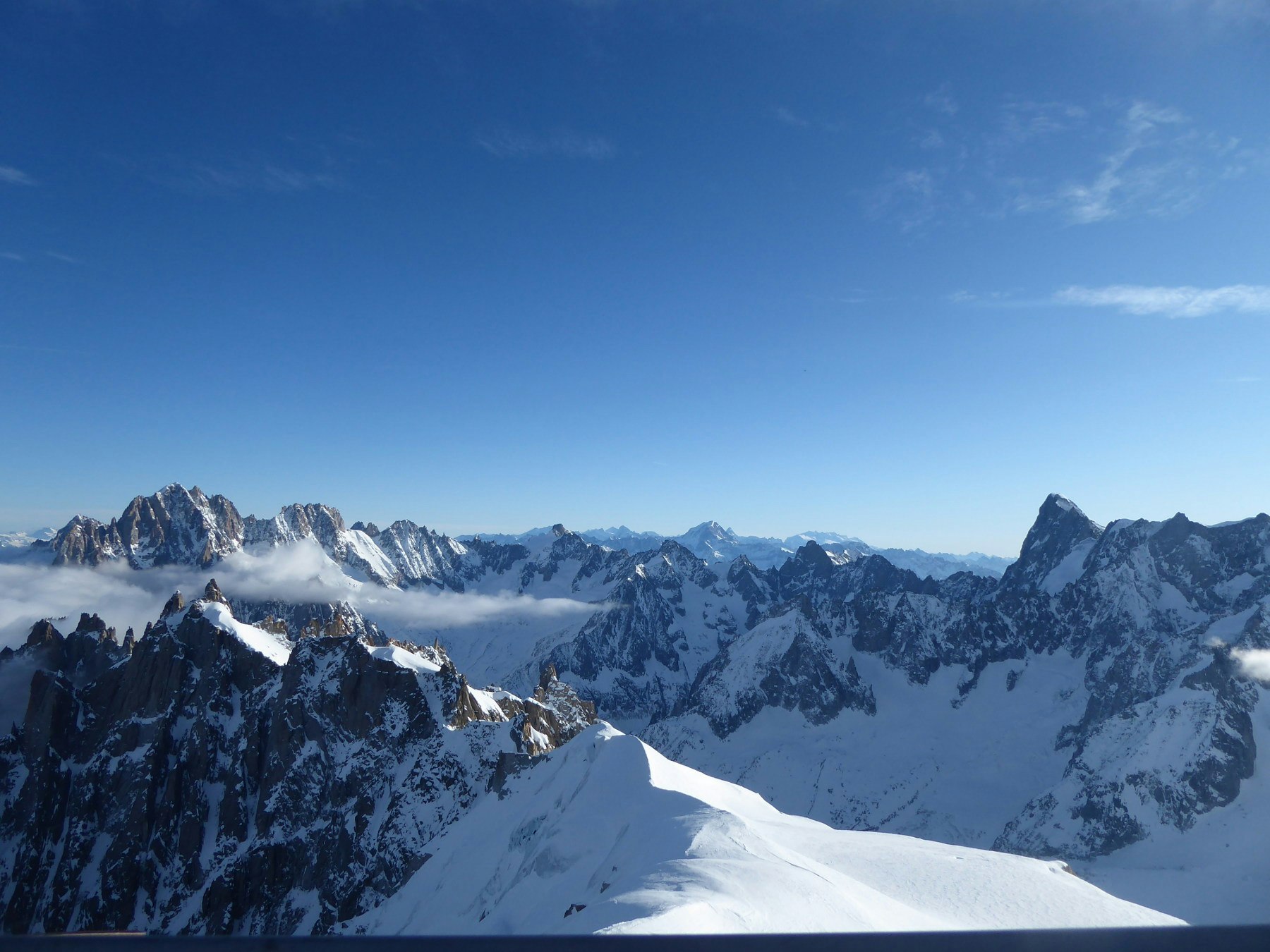
“In the valley of Chamonix it’s a bit different but this effect of the changing of the climate we can see in all kinds of resorts in the Alps”, says Muriel Ambrosino, of MGM Hôtels & Résidences a luxury accommodation developer with several Alpine properties. “We’ve got enough snow everywhere to ski and to enjoy the skiing. But it was different 20 years ago. It was not just one metre [of snow], it was five, six metres, even down in the valley.”
She is also noticing an uptick to the residences during the summer months with more and more people wanting to escape the sweltering heat of lower altitudes. For now, visitors are roughly evenly split between the summer and winter seasons according to the local tourist office, with a diverse range of events like trail running marathons and jazz festivals providing a draw in the warmer months. However, France experienced two major heatwaves in 2019 - with some temperatures in the south reaching 46C - and Chamonix’s local tourist industry may reap some benefits in the coming years.
Read more: How climate change is forcing the travel blogging industry to evolve
“It will change but we cannot say that in five or ten years we will not have snow anymore,” Muriel says. “It can be that the intensity of the weather and the temperature suddenly will be regular again. At the moment it’s not possible to know. The clients are confident in the future and they are still willing to come for their holidays of course but also to invest.”
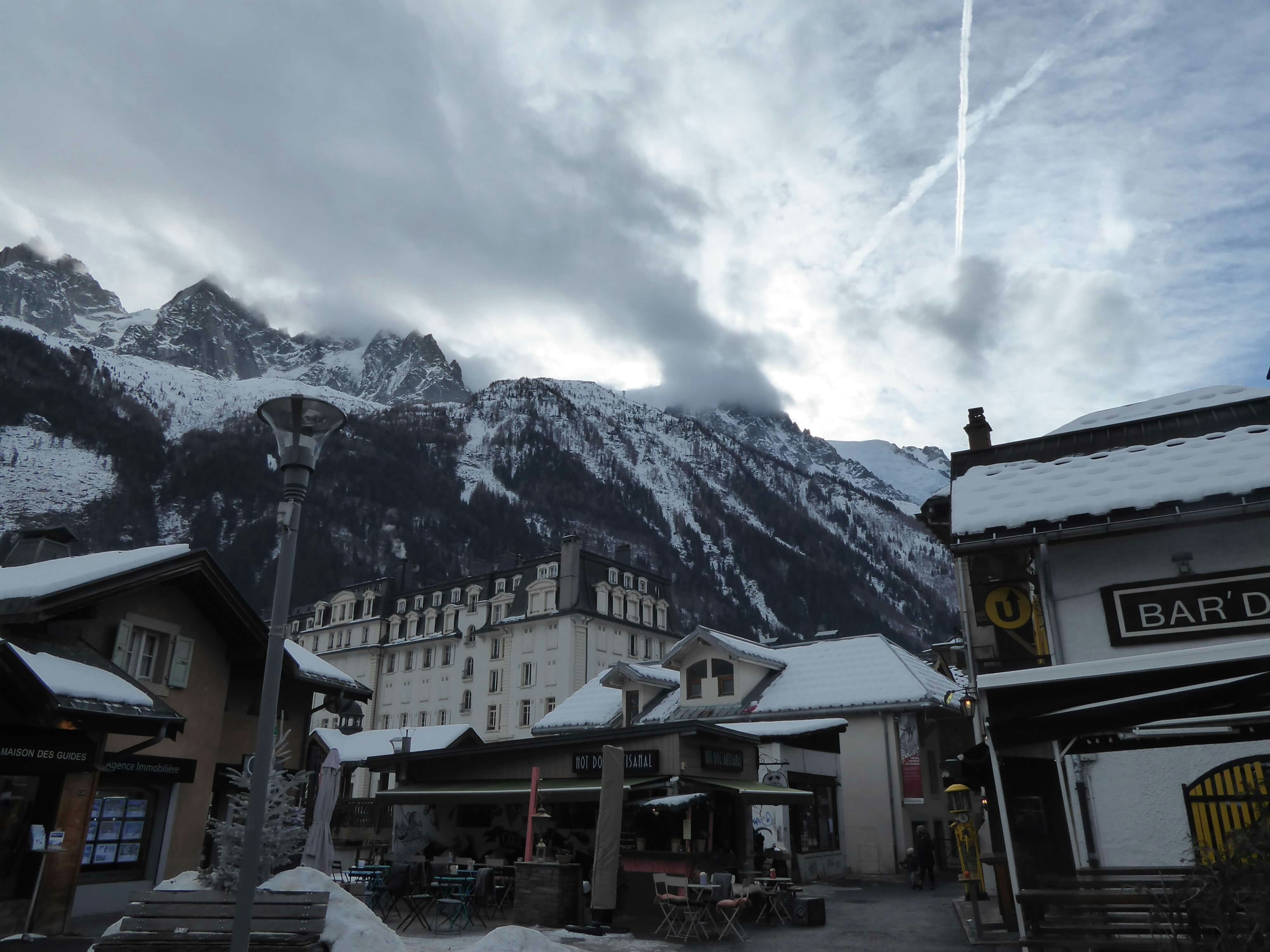
After two days in the valley, we leave for the airport as the clouds roll in, a development commented on excitedly by the locals for whom it comes as a relief to see more ‘usual’ January weather. On the motorway, we pass a stream of cars all going towards Chamonix, many undoubtedly eager to hit the slopes the next morning for some precious time with the fresh powder snow of the postcards, a privilege that is fast-disappearing.
You might also like:
Australia's bushfires: how travellers can help now
I'm a Lonely Planet writer and I gave up flying. Here's what happened
How to minimise your impact when flying
AnneMarie travelled to Chamonix with support from MGM Hôtels & Résidences. Lonely Planet contributors do not accept freebies in exchange for positive coverage.

